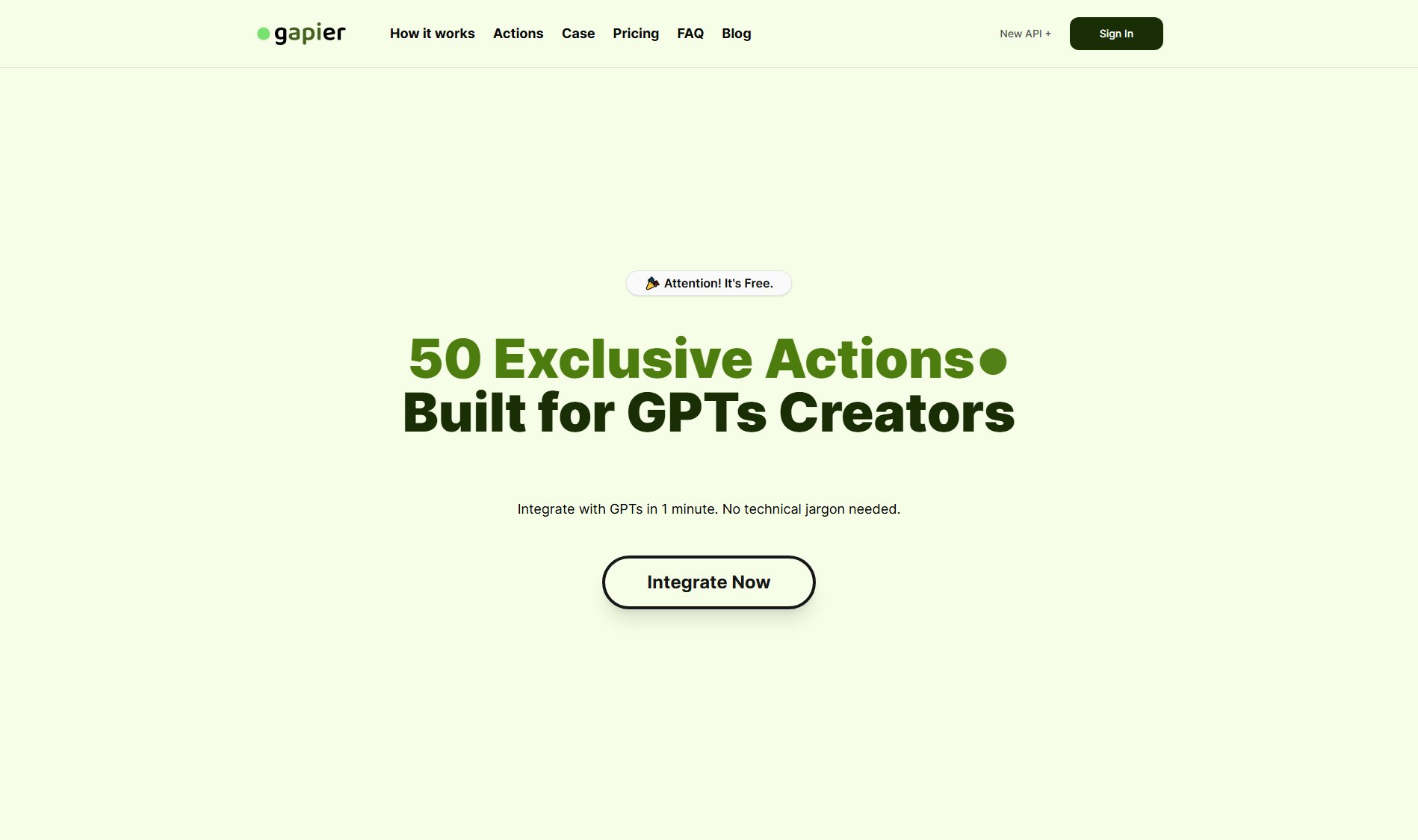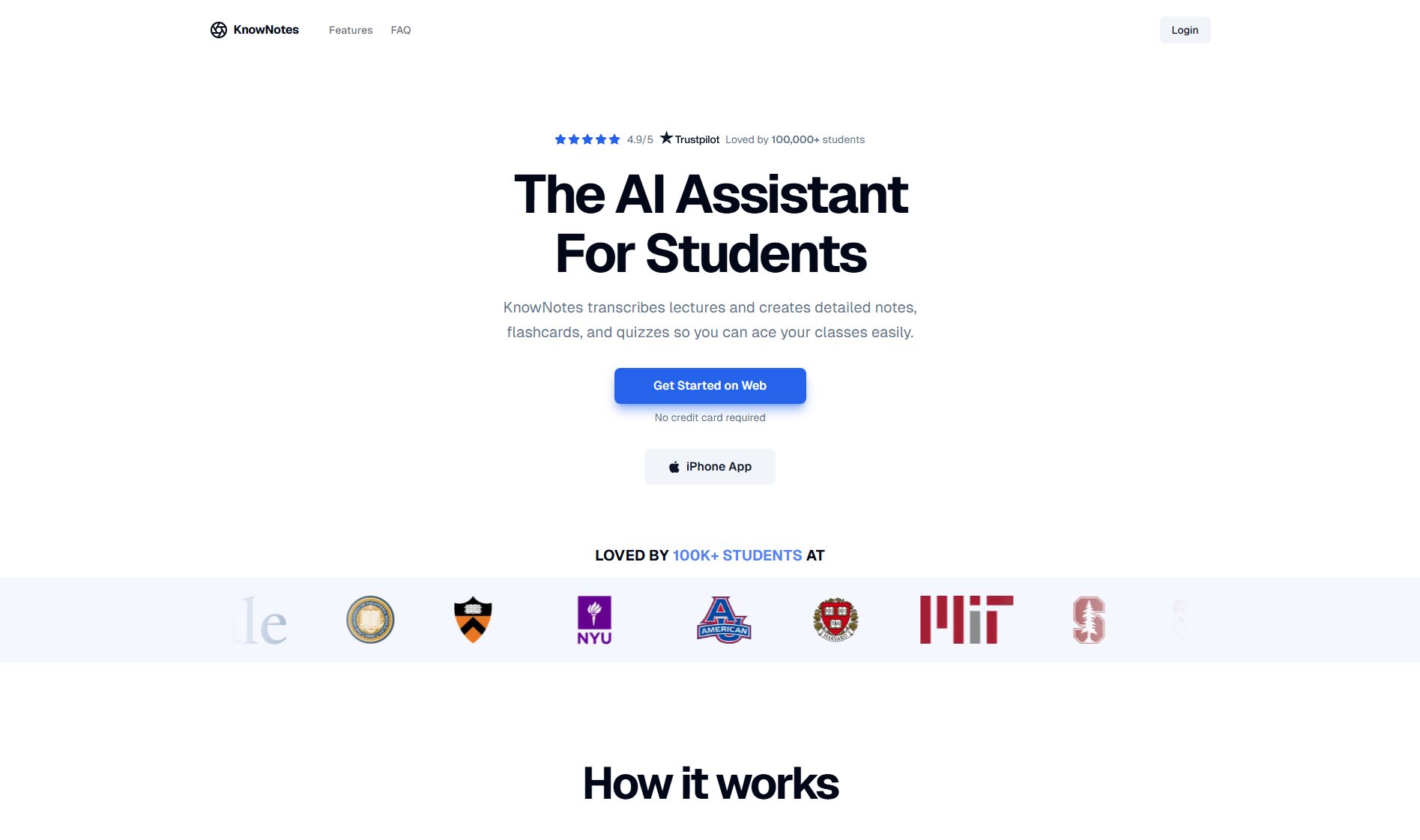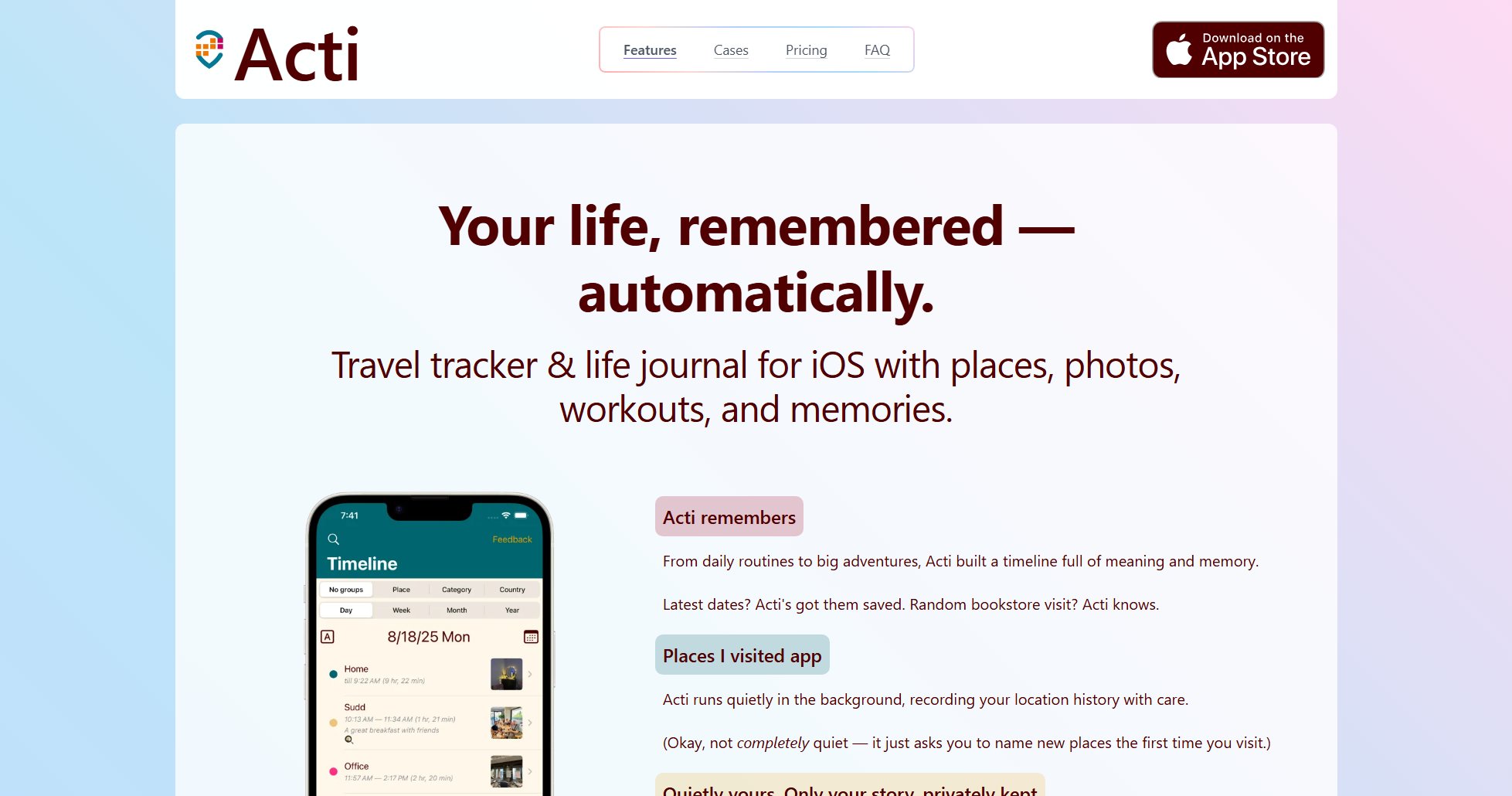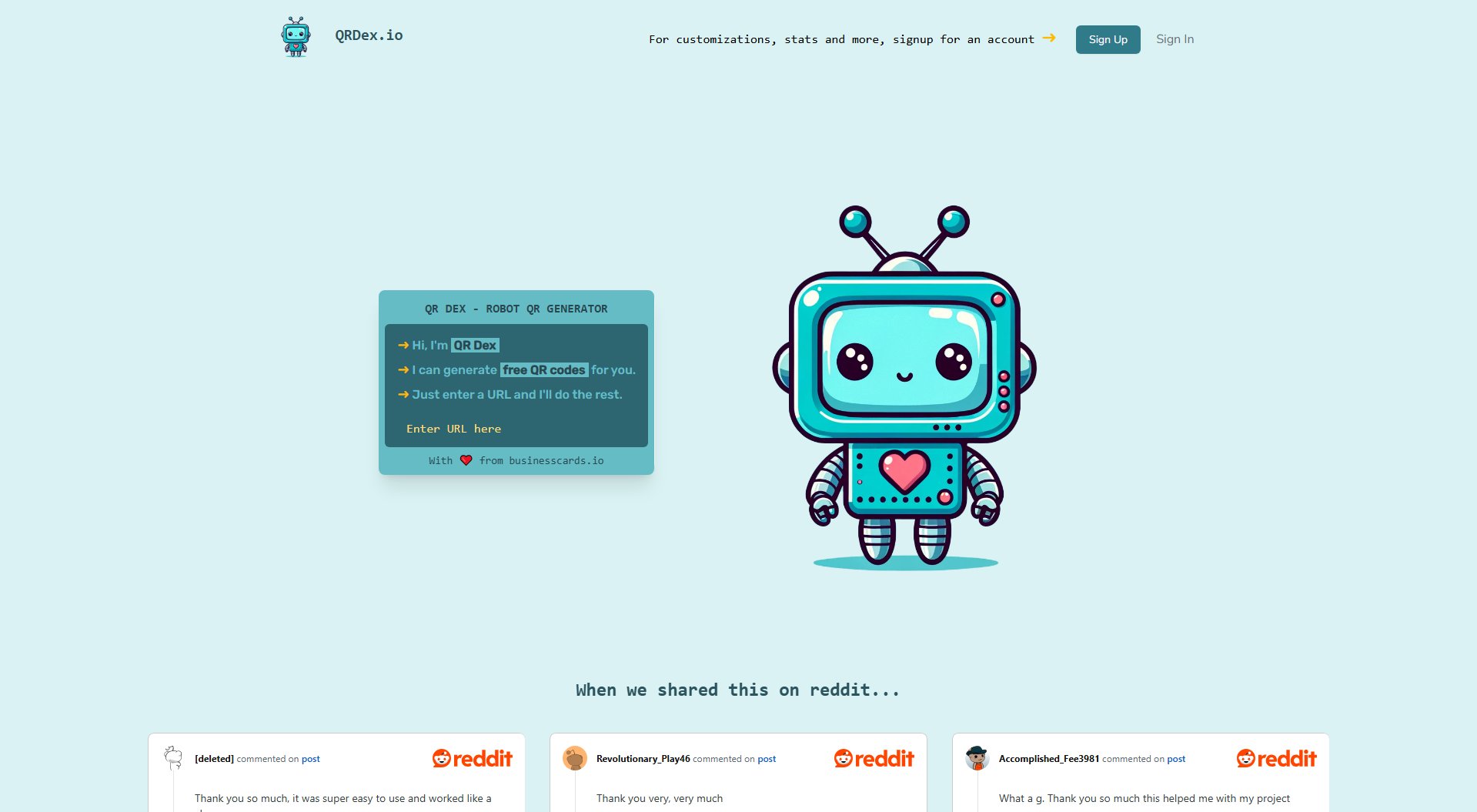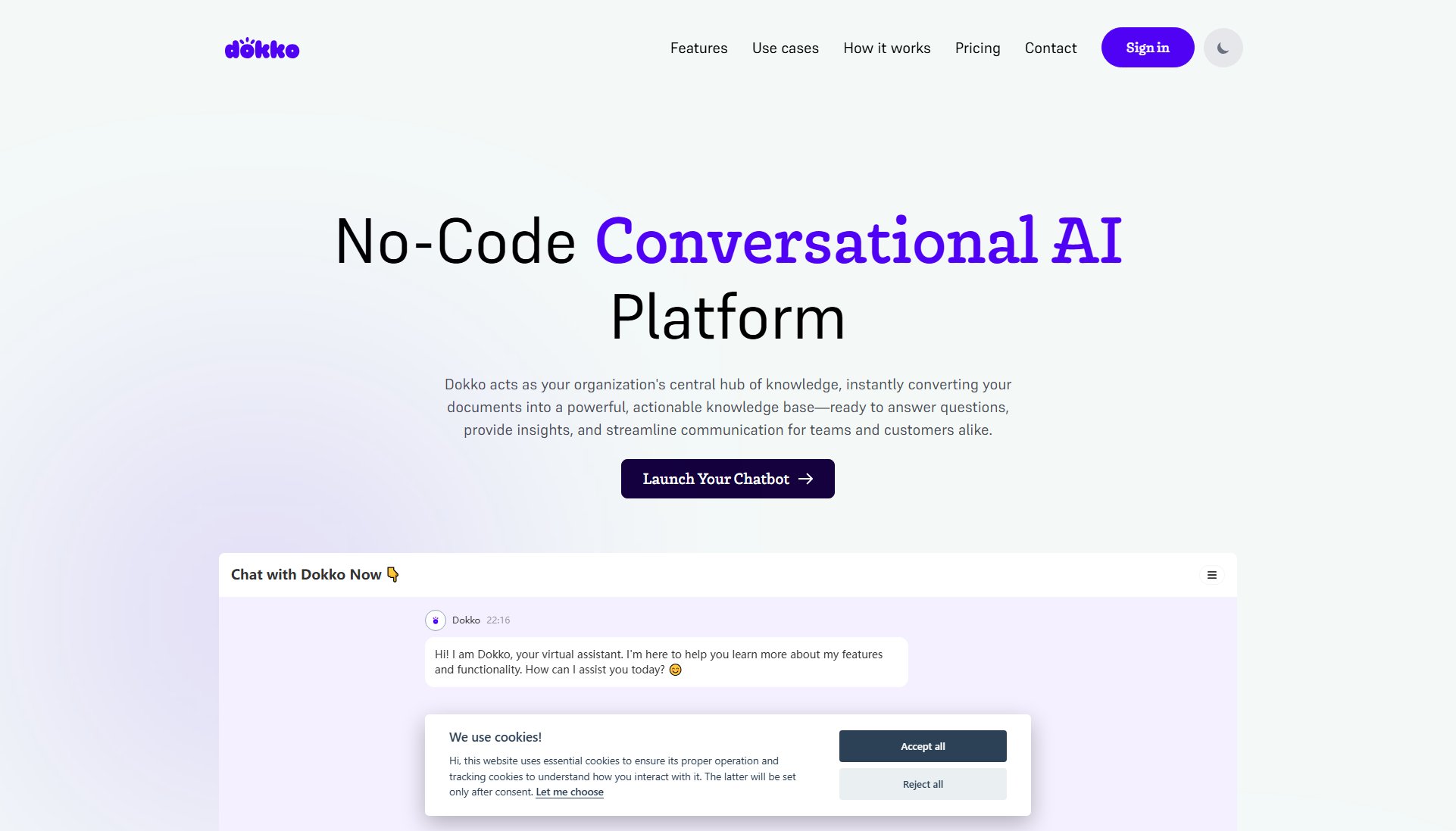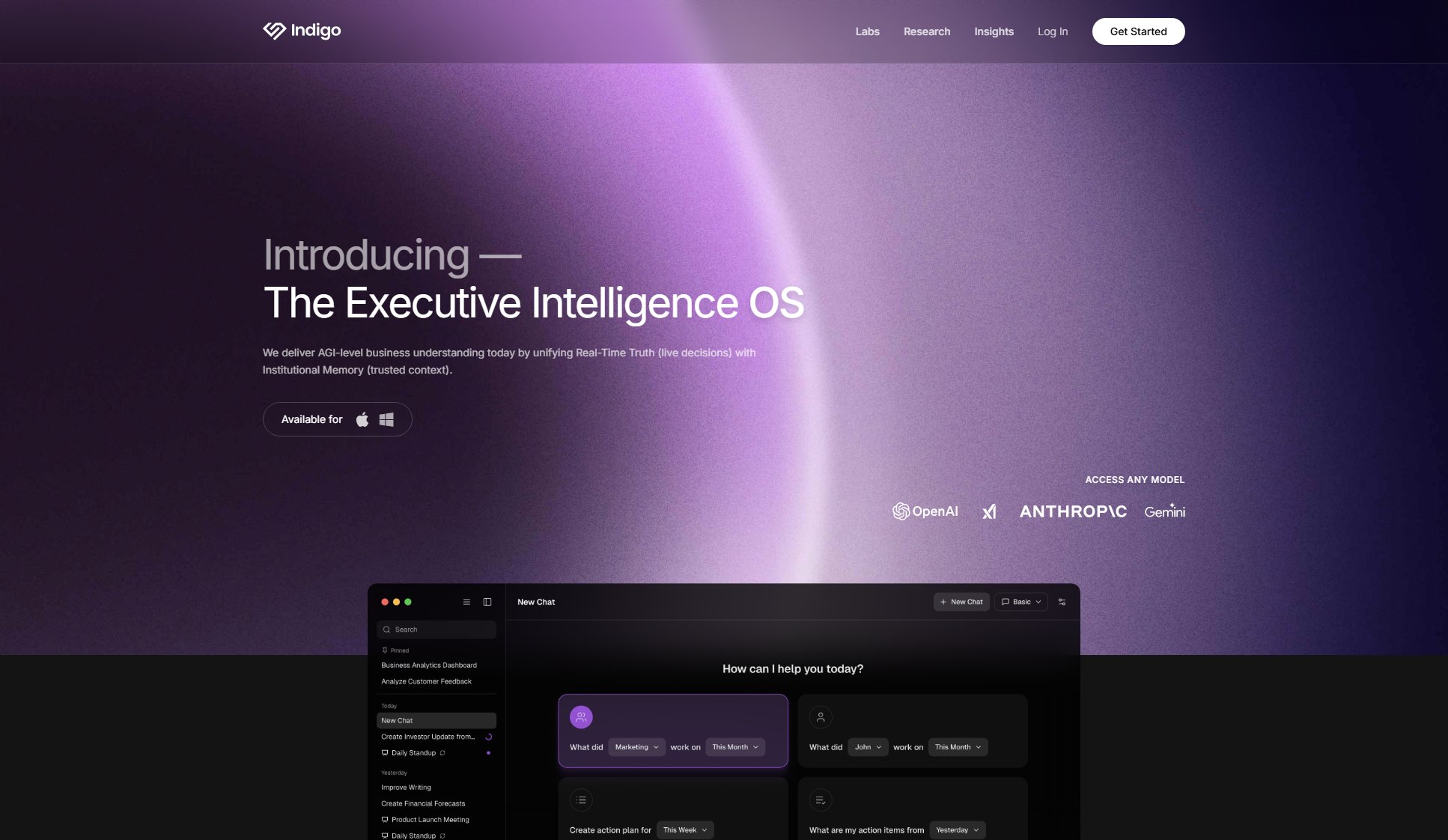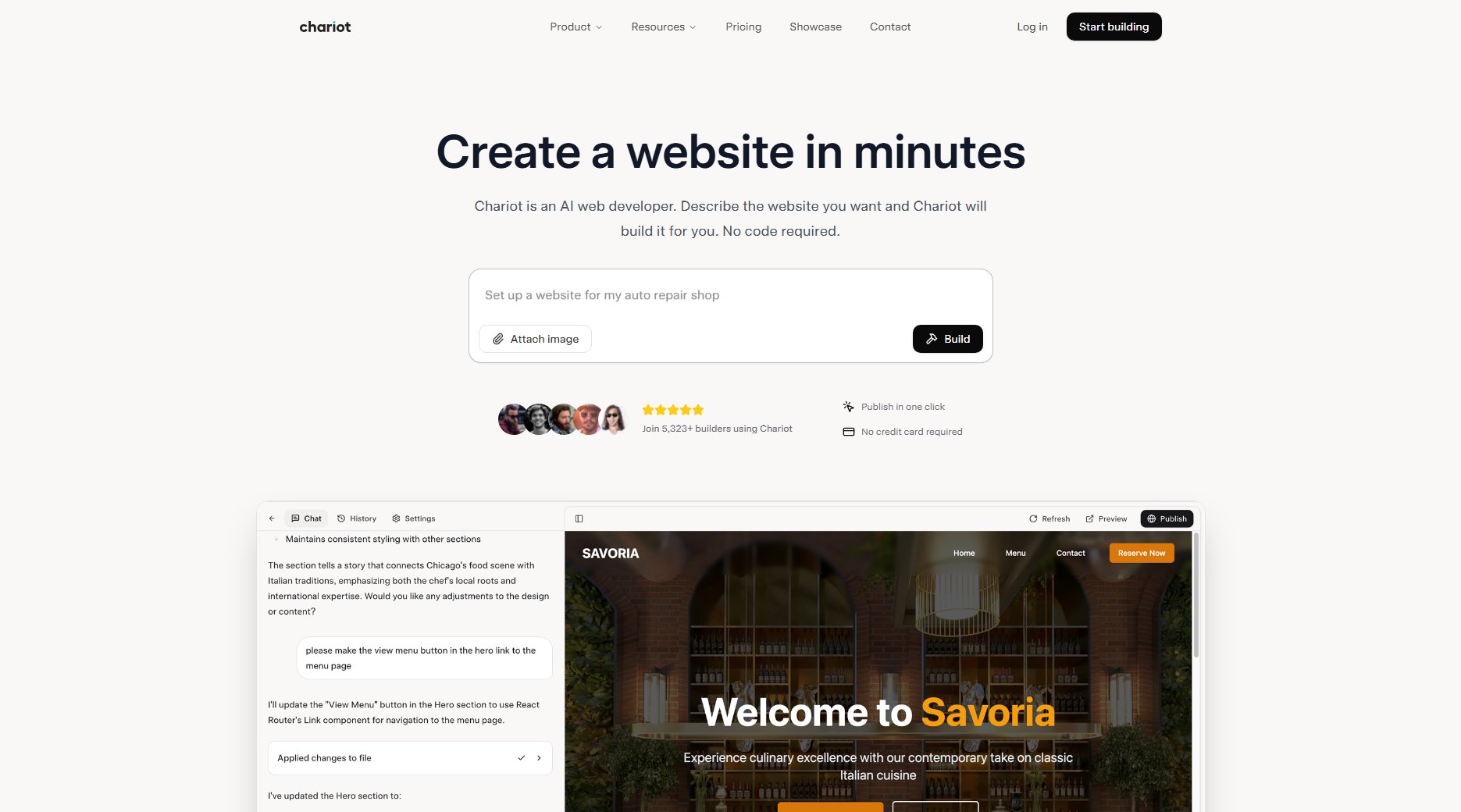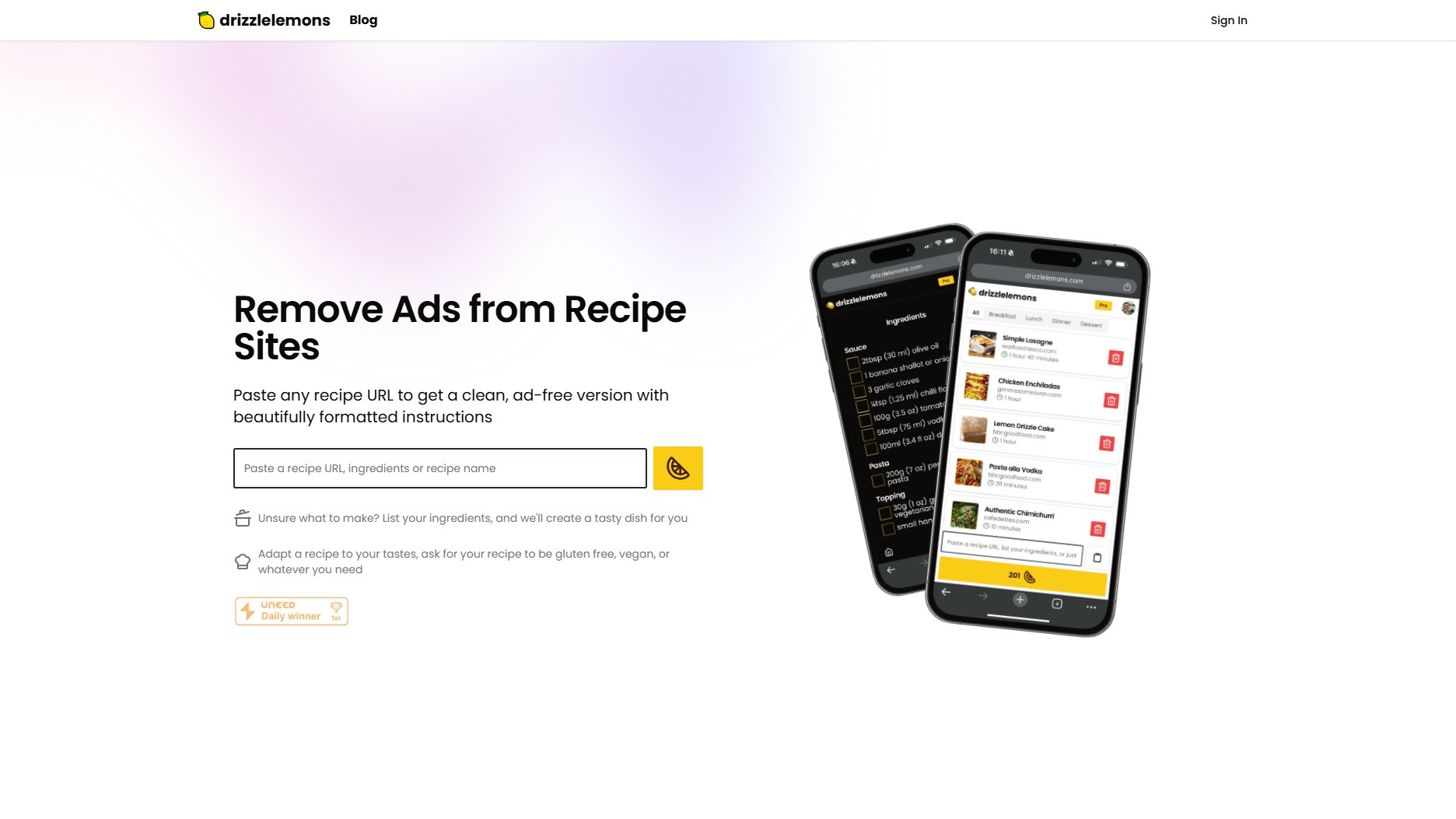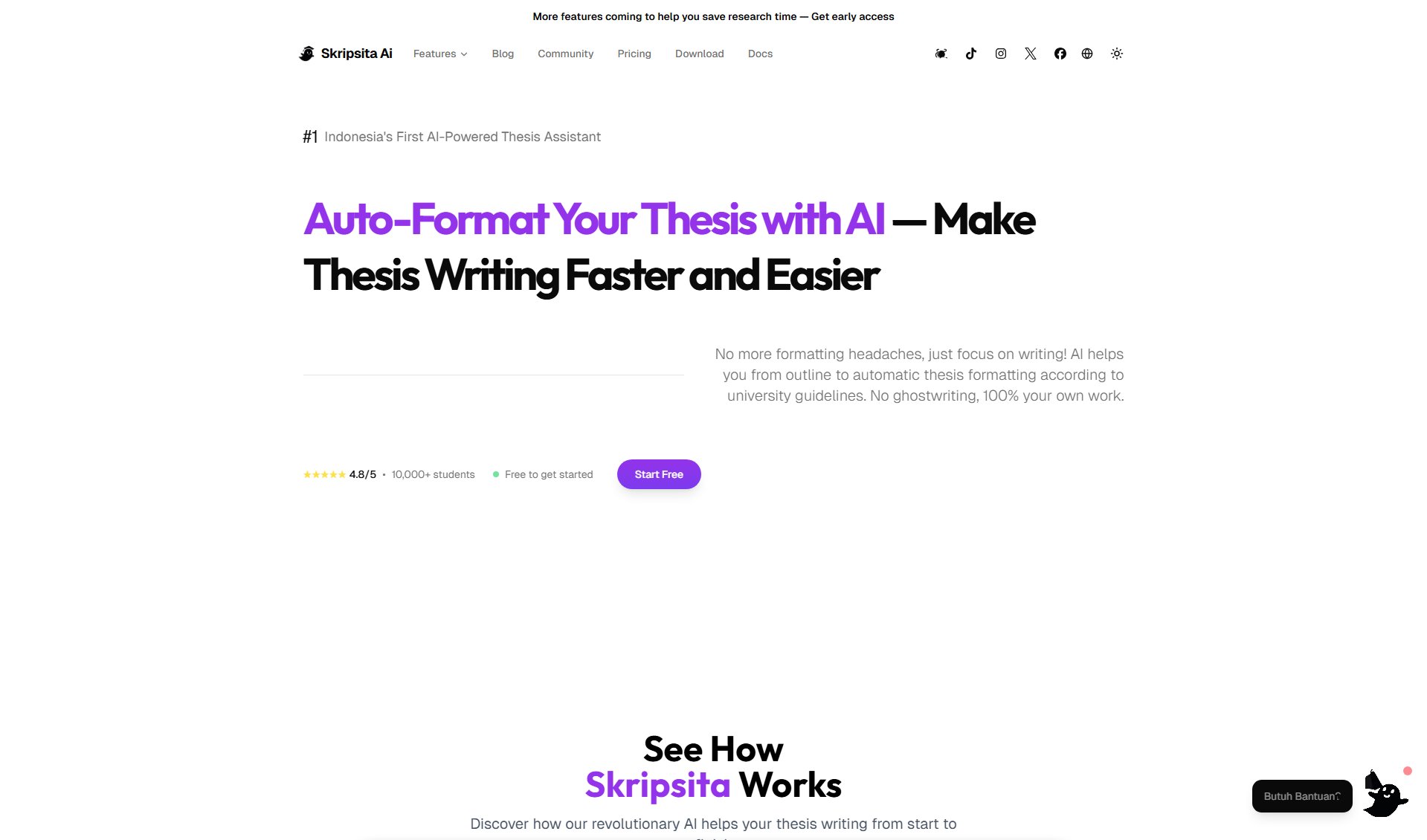Tracky
One dashboard for all your data sources
What is Tracky? Complete Overview
Tracky is a business intelligence tool designed to consolidate data from multiple platforms into a single, easy-to-use dashboard. It solves the pain point of platform-switching exhaustion by connecting various data sources like Google Sheets, QuickBooks, HubSpot, and more, updating automatically every few hours. Tracky is ideal for solo founders, small teams, and agencies managing multiple client accounts. It eliminates the need for manual data exports and comparisons, providing a comprehensive view of business performance in seconds. The tool is built for users who either struggle to track their business due to the effort involved or spend excessive time logging into multiple platforms.
Tracky Interface & Screenshots
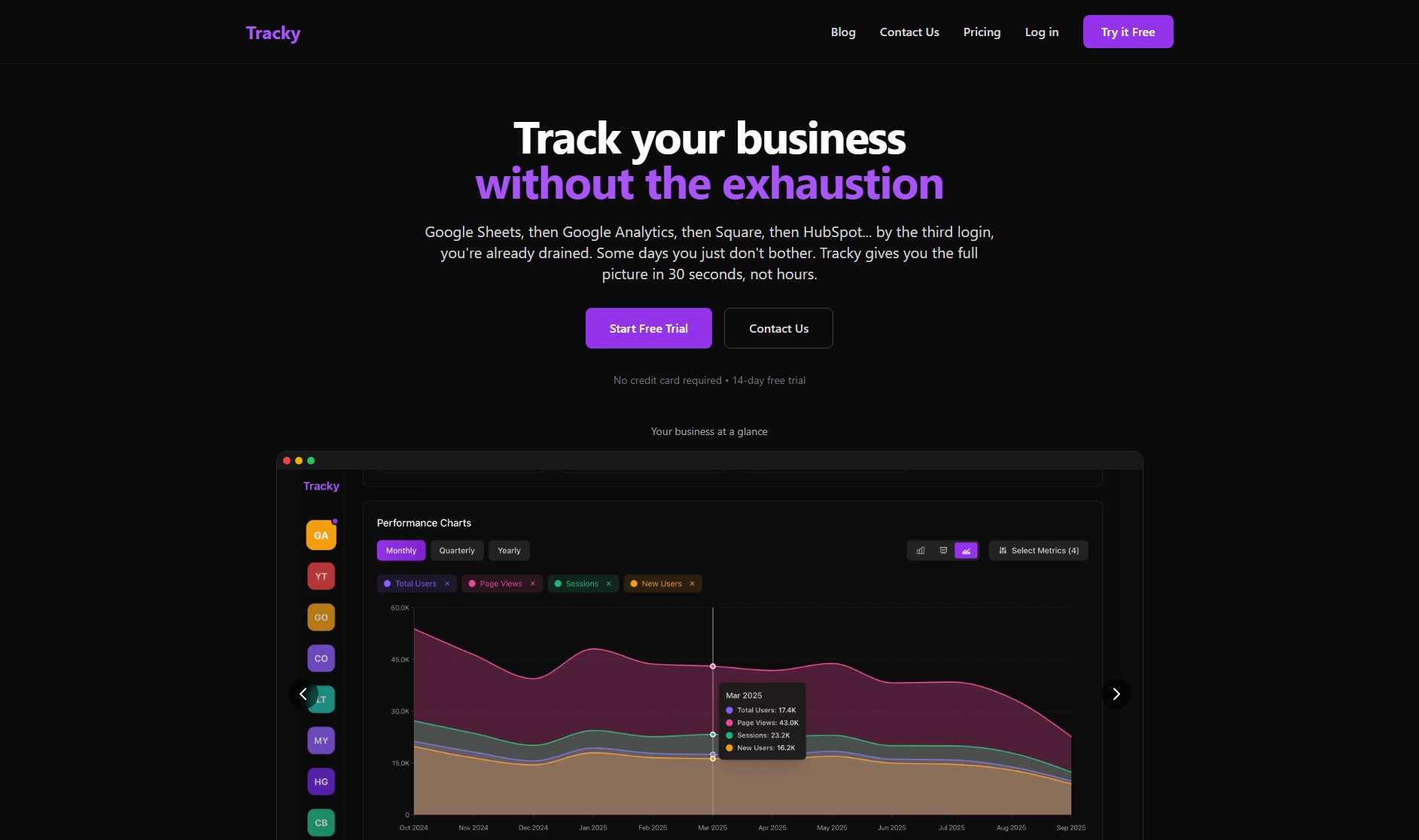
Tracky Official screenshot of the tool interface
What Can Tracky Do? Key Features
Pulse Alerts
Set custom thresholds and receive intelligent alerts when any metric changes significantly across all connected platforms. This feature helps users spot wins and issues immediately without manual checks.
Monthly Intelligence Brief
Receive a clear summary email on the first of each month, highlighting what improved, declined, and needs attention. No login required—just read and act.
Set It and Forget It
Once connected, Tracky updates metrics automatically every few hours. No exports, copy-pasting, or manual checks needed.
Focus on What Matters
Users can star critical metrics and hide unnecessary noise, ensuring the dashboard shows only the most relevant data.
Spot Real Trends
Compare month-over-month, year-over-year, or quarter-over-quarter trends to see what's actually changing, rather than isolated numbers across platforms.
Keep Your Current Tools
Tracky integrates with existing tools like QuickBooks, Google Analytics, and Square without requiring any migration or disruption.
Organize by Client or Department
Perfect for agencies, Tracky allows users to organize data by client or department, with one-click context switching and separate metrics for each folder.
Best Tracky Use Cases & Applications
Solo Founder Tracking Profitability
A solo founder uses Tracky to connect QuickBooks, Square, and Google Analytics. Instead of logging into each platform separately, they get a consolidated view of revenue, expenses, and web traffic in one dashboard, helping them quickly assess profitability.
Agency Managing Multiple Clients
A marketing agency connects HubSpot, Google Ads, and client-specific data sources for each client folder. With one-click switching, they review performance across all clients without re-logging into multiple platforms, saving hours per week.
Small Team Monitoring Marketing Campaigns
A small team tracks campaign performance by connecting MailChimp, Google Ads, and YouTube. Pulse Alerts notify them of significant changes, allowing timely adjustments without manual data comparisons.
How to Use Tracky: Step-by-Step Guide
Sign up for a free 14-day trial on the Tracky website. No credit card is required.
Connect your data sources (e.g., QuickBooks, Google Sheets, HubSpot) using secure OAuth authentication.
Customize your dashboard by starring critical metrics and setting up Pulse Alerts for significant changes.
Organize data into folders by client or department if managing multiple accounts.
Review your consolidated dashboard, which updates automatically every few hours, or wait for the Monthly Intelligence Brief email.
Tracky Pros and Cons: Honest Review
Pros
Considerations
Is Tracky Worth It? FAQ & Reviews
Yes, you can upgrade or downgrade your plan at any time. Changes will be reflected immediately, with billing adjustments made on your next invoice.
Each integration you connect (e.g., QuickBooks, Google Sheets) counts as one data source. You can connect up to your plan's limit and add more for $2 per additional source.
Yes, Tracky offers a 14-day free trial with no credit card required to ensure it fits your business needs.
Yes, you can cancel anytime with no long-term contracts or cancellation fees.
Absolutely. Tracky uses bank-level encryption, OAuth connections, and follows industry-standard security practices to protect your data.
